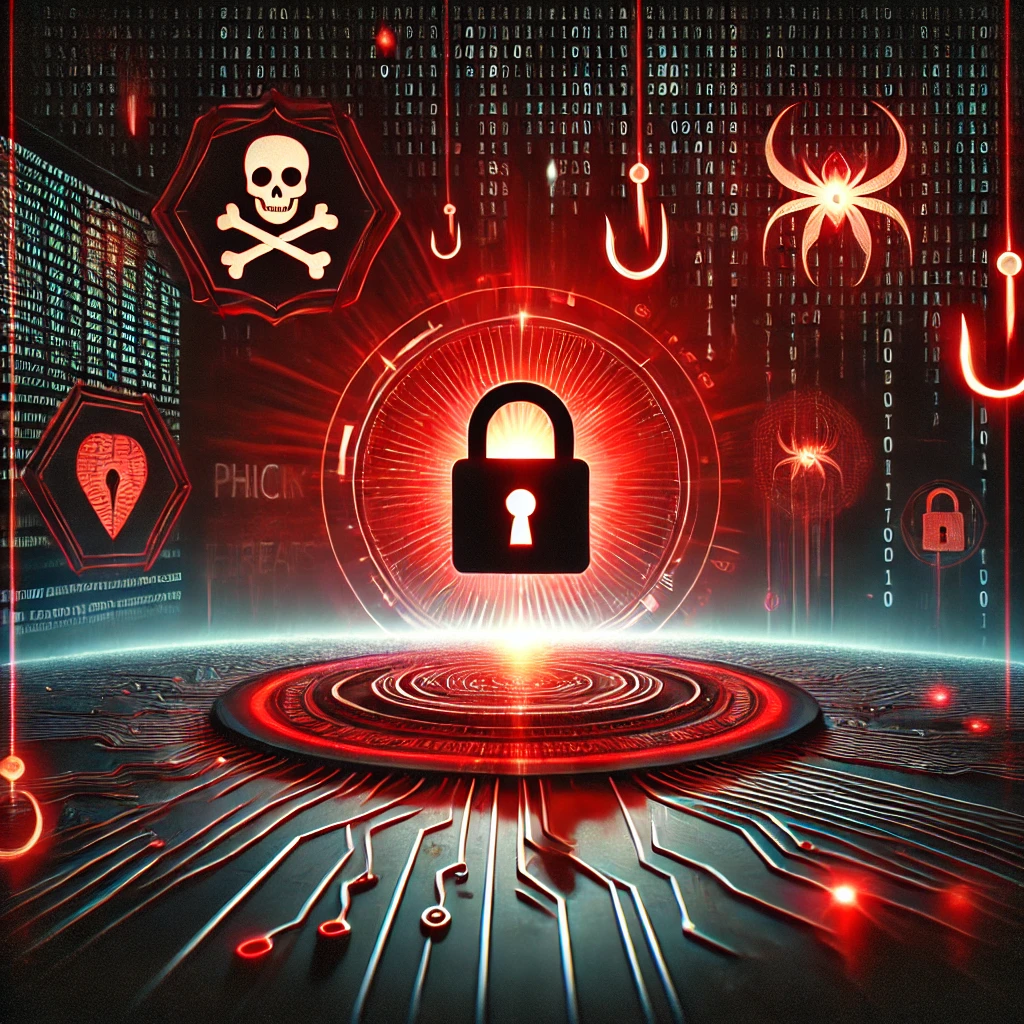
Cyber Threats That Could Take Down Your Business (And How to Prevent Them)
Cyberattacks are no longer a problem for just large corporations. Small and mid-sized businesses are increasingly becoming prime targets for cybercriminals. The rise in cyber threats is driven by factors such as the rapid shift to digital operations, increased remote work, and a lack of strong cybersecurity measures among smaller businesses.
A single cyberattack can result in severe financial and reputational damage. Businesses may face costly data recovery, regulatory fines, and even loss of customer trust. For companies handling sensitive customer or financial data, the risks are even greater. Being aware of these threats and proactively securing your business is no longer optional – it’s essential.
The Most Dangerous Cyber Threats
Cybercriminals use various tactics to exploit vulnerabilities and disrupt businesses. Some of the most dangerous threats include:
- Ransomware
Malicious software that encrypts a company’s data, rendering it inaccessible until a ransom is paid. Small businesses are particularly vulnerable as they may lack the backup systems necessary for quick recovery. - Phishing Attacks
Fraudulent emails, messages, or websites designed to trick employees into providing sensitive information such as login credentials or financial data. These attacks are becoming increasingly sophisticated, making them harder to detect. - Insider Threats
Employees, whether intentionally or accidentally, can compromise a company’s security. This includes mishandling sensitive data, falling for scams, or even malicious activity from disgruntled staff members. - Data Breaches
Cybercriminals target businesses to steal customer and financial information, which can then be sold or used for identity theft. Data breaches often result in legal consequences, financial loss, and reputational damage. - DDoS Attacks (Distributed Denial of Service)
Attackers flood a company’s online services with excessive traffic, causing systems to crash and disrupting business operations. This can prevent customers from accessing services and lead to downtime costs.
How to Protect Your Business from Cyber Threats
To safeguard your business from these evolving threats, implementing robust cybersecurity measures is crucial. Here are key steps to enhance your security posture:
- Implement Multi-Factor Authentication (MFA)
Enabling MFA for all business accounts adds an extra layer of security by requiring additional verification beyond just a password. This reduces the risk of credential theft. - Conduct Regular Security Audits and Employee Training
Cybersecurity is not just an IT issue; it requires company-wide awareness. Regular security audits help identify vulnerabilities, while ongoing employee training ensures staff can recognise and avoid cyber threats. - Invest in Data Backups and Disaster Recovery Plans
Regular, automated backups stored securely offline or in the cloud ensure that even if ransomware strikes, your data can be restored without paying a ransom. A disaster recovery plan ensures business continuity in the event of an attack. - Utilise Next-Gen Firewalls and Endpoint Protection
Modern firewalls and endpoint protection solutions help detect and block malicious activity before it infiltrates your network. Investing in proactive security solutions reduces the risk of attacks succeeding. - Partner with a Managed IT Security Provider
Cybersecurity requires constant monitoring and expertise. Partnering with a managed IT security provider like Support Stack ensures that your business benefits from 24/7 security, expert guidance, and proactive protection against cyber threats.
Take Action Today
The threat of cyberattacks is growing, but businesses that take a proactive approach can significantly reduce their risk. Don’t wait until it’s too late. Support Stack offers a free IT security assessment to help businesses identify vulnerabilities and strengthen their cybersecurity defences. Schedule a cybersecurity consultation today and ensure your business remains secure and resilient in an increasingly digital world.
